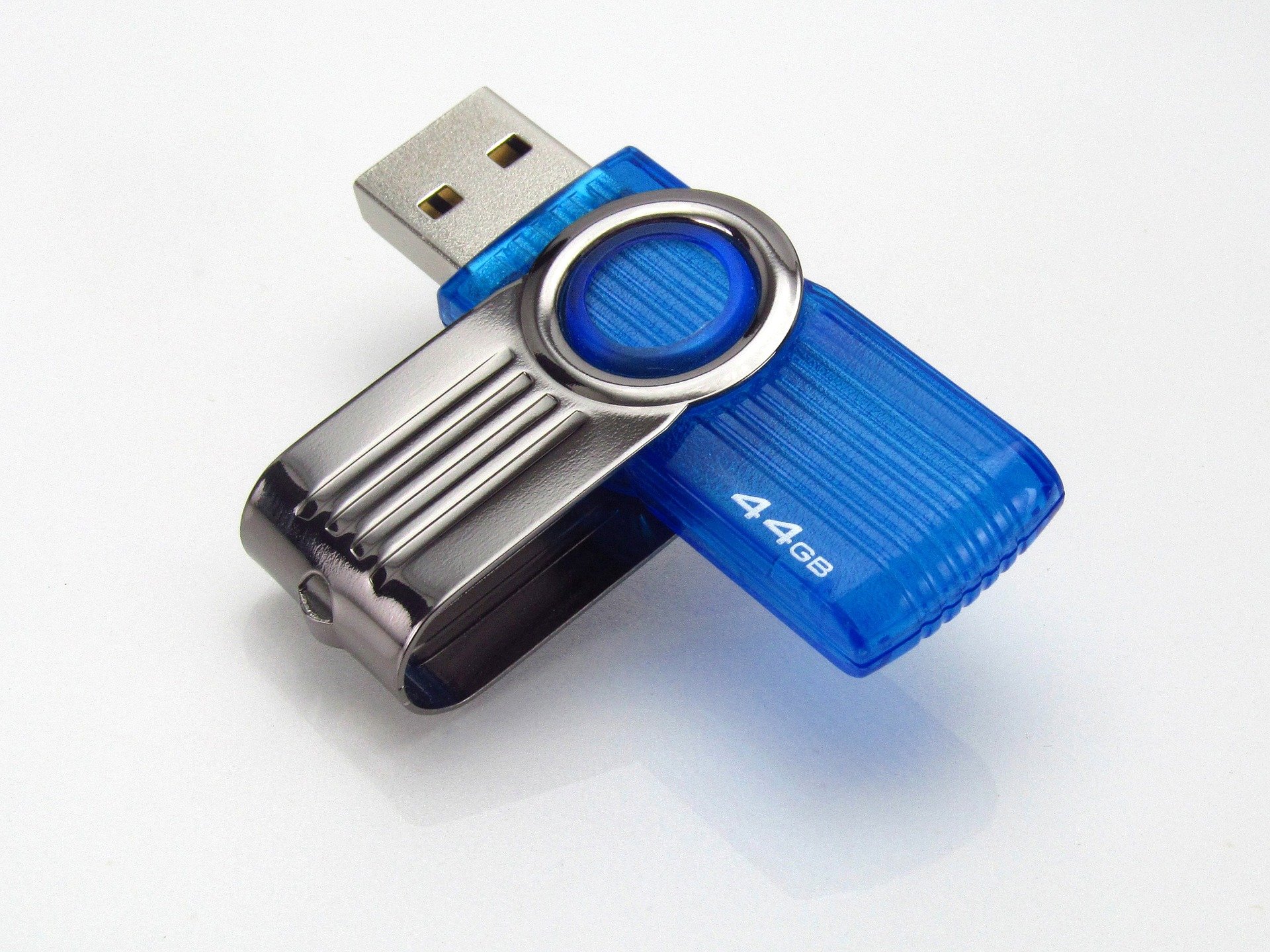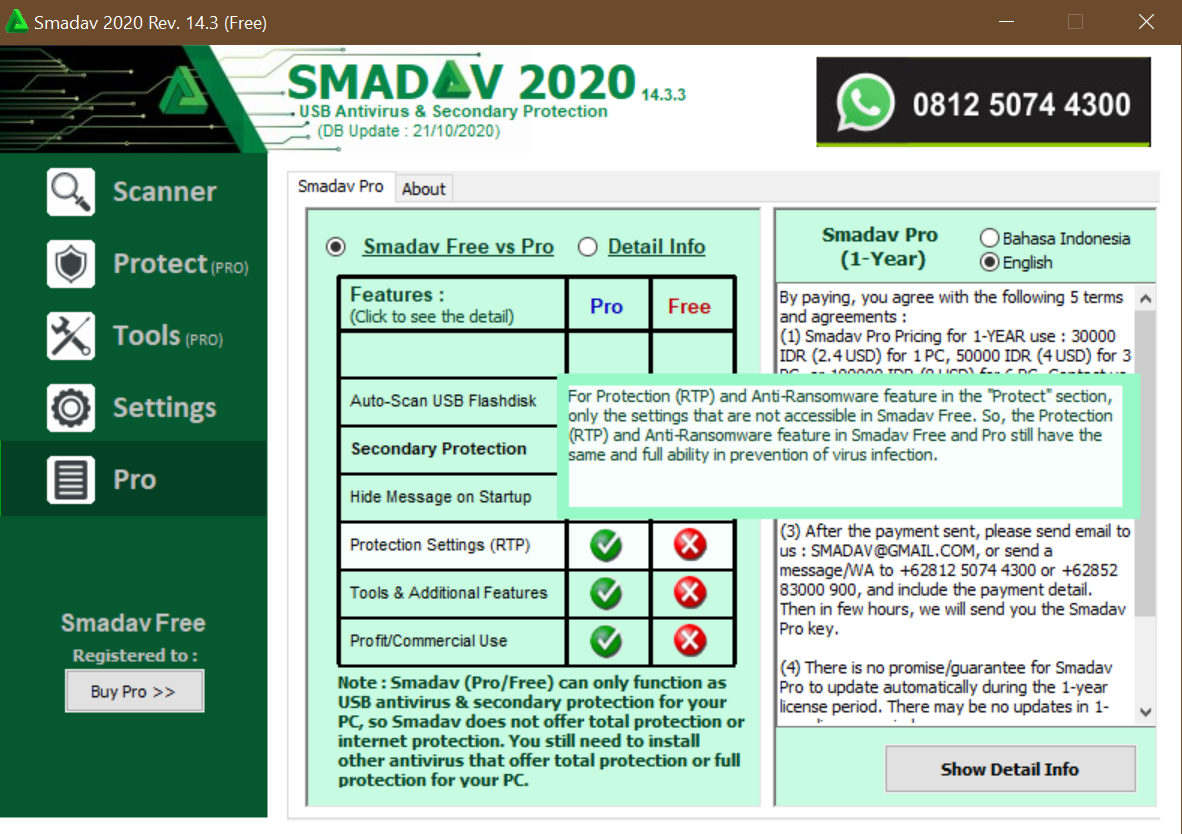

Microsoft assesses that Boa servers were running on the IP addresses on the list of IOCs published by Recorded Future at the time of the report’s release and that the electrical grid attack targeted exposed IoT devices running Boa. The attack detailed in the Recorded Future report was one of several intrusion attempts on Indian critical infrastructure since 2020, with the most recent attack on IT assets confirmed in October 2022. To provide comprehensive protection against such attacks, we offer detection information to identify vulnerable components and guidance for organizations and network operators to improve their security posture. We also discuss the difficulties with identifying these components in device supply chains. In this blog, we detail the risks affiliated with vulnerable components, highlighting the Boa web server, and how we suspect these components could be exploited to target critical industries.

Moreover, those affected may be unaware that their devices run services using the discontinued Boa web server, and that firmware updates and downstream patches do not address its known vulnerabilities. Without developers managing the Boa web server, its known vulnerabilities could allow attackers to silently gain access to networks by collecting information from files.
#Microsoft dart usb virus scanner software#
Despite being discontinued in 2005, the Boa web server continues to be implemented by different vendors across a variety of IoT devices and popular software development kits (SDKs). We assessed the vulnerable component to be the Boa web server, which is often used to access settings and management consoles and sign-in screens in devices. While investigating the attack activity, Microsoft researchers identified a vulnerable component on all the IP addresses published as IOCs and found evidence of a supply chain risk that may affect millions of organizations and devices. A report published by Recorded Future in April 2022 detailed suspected electrical grid intrusion activity and implicated common IoT devices as the vector used to gain a foothold into operational technology (OT) networks and deploy malicious payloads. Attacks on software and hardware supply chains, like Log4J and SolarWinds, have highlighted the importance of visibility across device components and proactively securing networks.

External tools and products that are managed by vendors and developers can pose a security risk, especially to targets in sensitive industries. Vulnerabilities in network components, architecture files, and developer tools have become increasingly popular attack vectors to gain access into secure networks and devices.


 0 kommentar(er)
0 kommentar(er)
